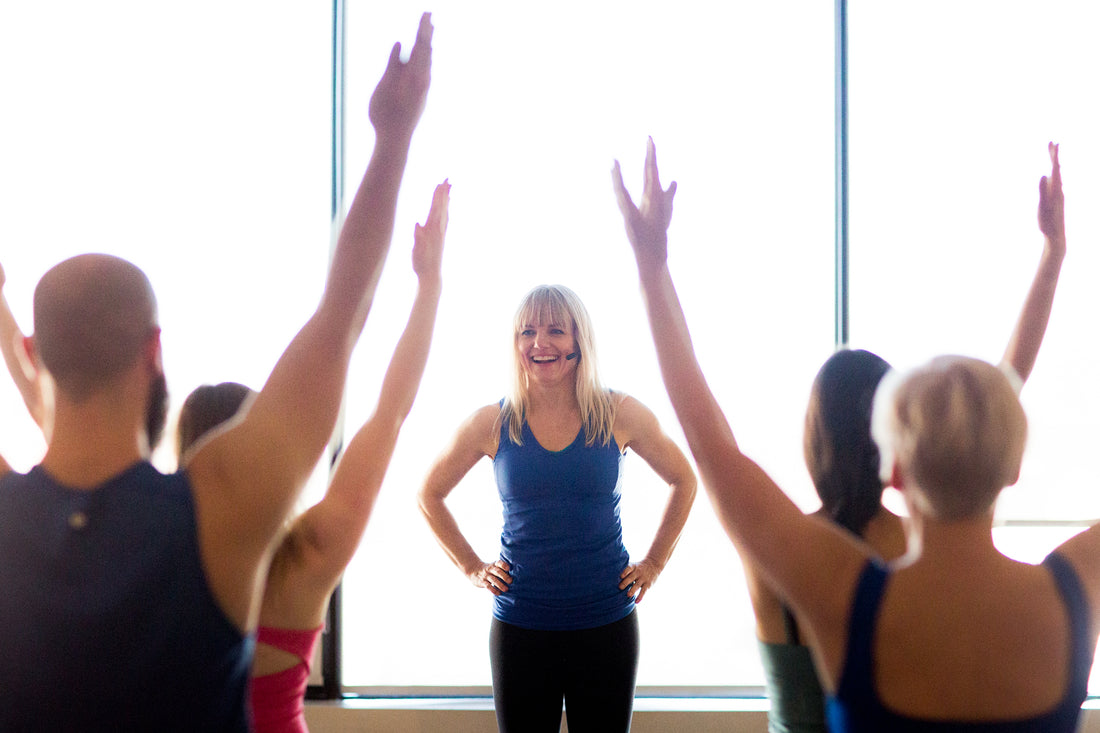
Celebrating Unlimited Female Entrepreneurs: Margot McKinnon, founder of Body Harmonics
Share
Margot McKinnon’s goal is the same today as when she opened her first Body Harmonics Pilates & Movement Studio in Toronto in 1998: “to help people transform their lives through movement.” To provide greater accessibility to its diverse client base, Body Harmonics began expanding its online presence in 2015 with the launch of its Shoptalk blog and on-demand online classes, including its free Mondays With Margot video series. In early 2020, Margot and her team of more than 50 movement and health professionals, responded quickly to the pandemic-inspired demand for its studio, education and wellness services by making them available live online via Zoom. Below, Margot provided some personal insight for our H&H community!
What should our readers know about Pilates?
If you are new to Pilates and mind-body exercise, the way classes are delivered may feel foreign. Focus on sensing, feeling and tapping into your entire body during a movement rather than just counting reps and working individual muscle groups to failure.
The benefit of learning how to pay attention to YOUR personal experience in a Pilates class is what fuels your progress and your long-term success with this practice.
What does this mean in concrete terms?
Imagine doing a squat. In a traditional fitness class, you copy the teacher's demonstration and follow along. You keep going until it is time to stop. You may be told to “feel the burn” and fatigue in various muscles; you may be asked to refine your position for better results.
In the Pilates context, we take it further to include the entire movement system from head to toe. In the example of a squat, we may ask you to consider the sensation of all the primary muscles involved (quadriceps, glutes, calves). We may ask you to consider how other parts of your body feel—are your back and abdominal muscles helping to keep your torso aligned, do you feel the subtle movements in your feet as you move your body up and down, is there strain in your knees?
Why do Pilates teachers take this approach?
Because every exercise or movement we make as humans involves the whole body. Without head-to-toe attention, you may unknowingly do damage to other areas of the body.
Pilates and movement teachers try to provide a body map and ways to modify exercises throughout a class. This way, you can determine how to make an exercise work best for your body.
What are some exercises you’d recommend to our readers?
Determining the right exercises depends on many factors, but three relatively simple exercises come to mind for active ageing.
Weight-bearing is critical for maintaining leg strength, bone density and balance. Detailed instructions for the below exercises (and hundreds of others!) can be accessed on the Body Harmonics website: Body Harmonics on Demand main page (note that you’ll need to create an account but will have complimentary, unlimited access for a period of time).
- Squats are a natural choice and can be easily modified.
- The Standing Wall Slide (back flat against the wall while arms slide up into a V shape) is integrative for the entire upper body movement system, improves posture, and opens the rib cage to increase breathing capacity.
- Side Bridge (a.k.a. Side Plank) targets the lateral system and is excellent for building core strength and support while aligning the ribs, pelvis and spine.